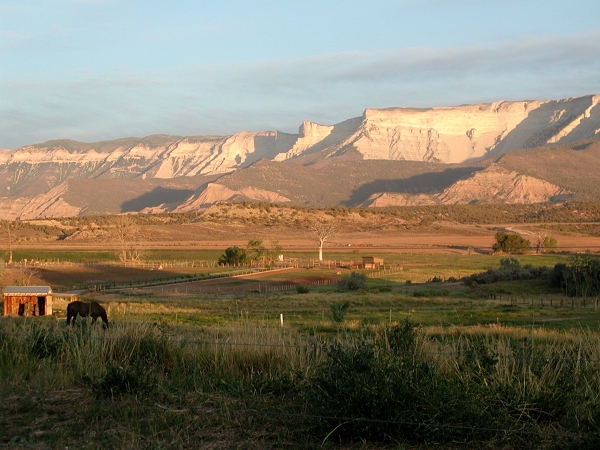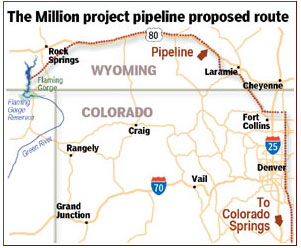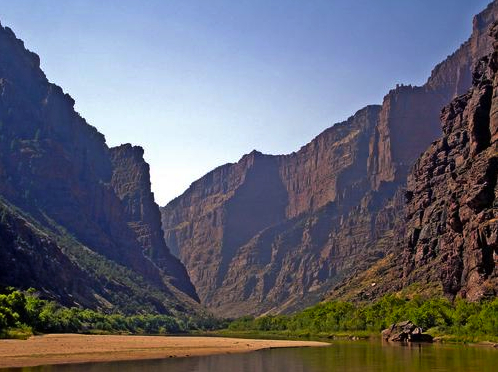
Conserving the world’s bats and their ecosystems to ensure a healthy planet
About the RCD. The Resource Conservation District of Tehama County is a non-regulatory public agency whose mission is “to assist citizens with managing, conserving, and improving the natural resources of Tehama County.”


Overview of the Resource Conservation and Recovery Act (RCRA)

The Western Shasta Resource Conservation District (WSRCD) is a special district of the State of California and is funded entirely by grants and contracts.

The investments of the Global Conservation Fund (GCF) protect critically important natural areas.

Conservation: Conservation, study of the loss of Earth’s biological diversity and the ways this loss can be prevented. Biological diversity, or biodiversity, is the variety of life either in a particular place or on the entire Earth, including its ecosystems, species, populations, and genes.
We analyse the recycled materials market using primary data and industry intelligence, focusing on materials availability and quality for re-entry to the supply chain.

The Internet’s largest and longest-running crocodile resource: detailed information on all species, illustrated biology database, extensive images, video and sound, including a section on crocodile talk, extensive links page, and the most in-depth care manual.

Ground Water: The Fernald site is located over the Great Miami Aquifer, which is designated a sole source aquifer and considered a valued natural resource. The Southwest Ohio Water Company operates a production wellfield approximately one mile east of Fernald’s former production area.

Overview of the issue National policies that affect private and agricultural lands are a critical part of our country’s conservation equation: More than 70 percent of America’s land is in private hands, and more than 50 percent is in agricultural use, much of it providing critical habitat for resident game species or contributing to
